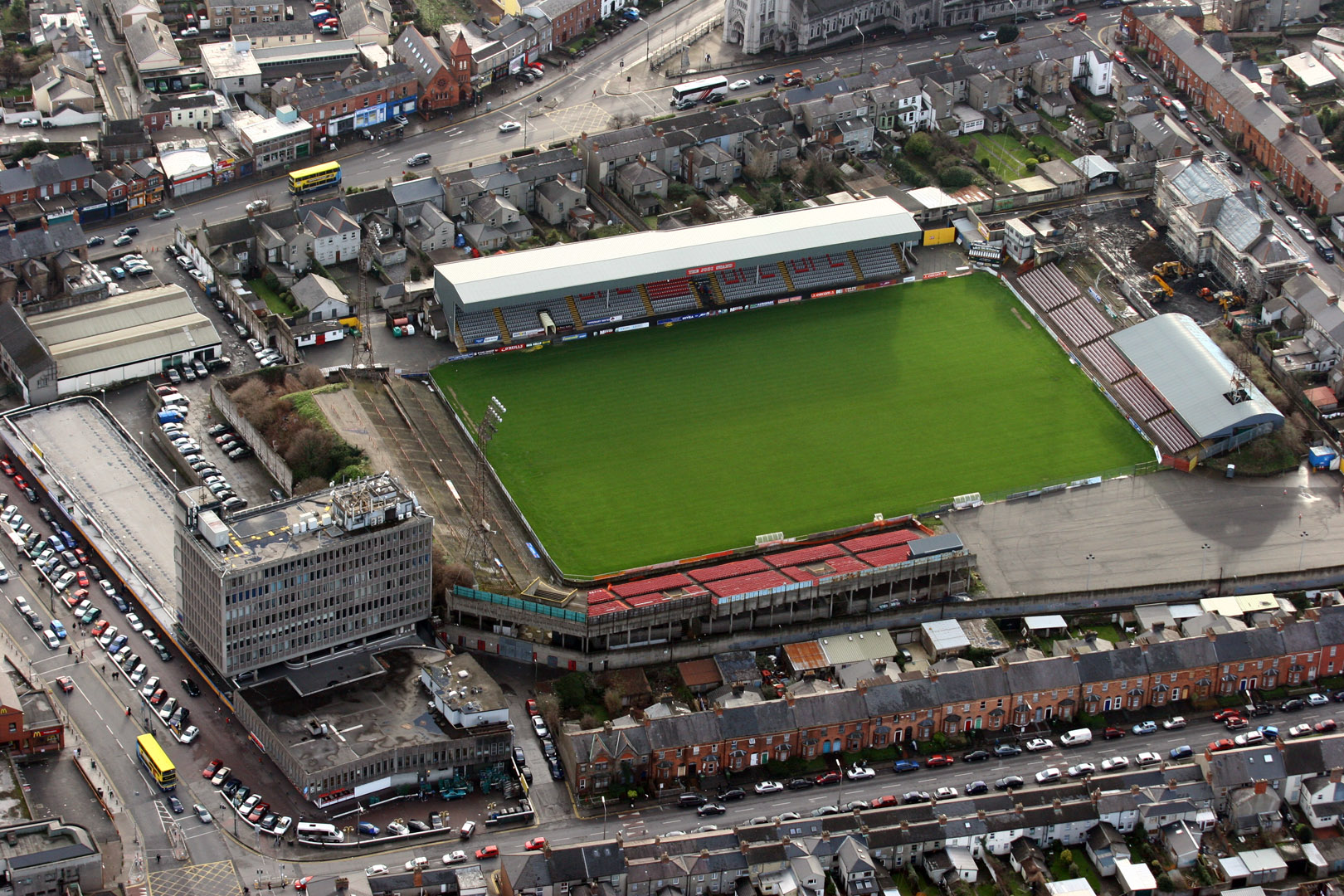Rent Pressure Zones effective in moderating property level rent increases, research shows
Dublin People 27 Nov 2025
A new study has shown that property level rent increases were significantly lower inside Rent Pressure Zones (RPZs) between Q2 2024 and Q1 2025.
The ‘Individual Property Level Analysis’ study was conducted by the Economic and Social Research Institute (ESRI) on behalf of the Residential Tenancies Board (RTB).
It showed the average growth in property level rents was 2.15% across all properties nationally. This was down from 2.7% one year earlier. In the year up to Q1 2025, properties with sitting tenants in Dublin and other RPZs saw the lowest rent increases of 1% and 1.1% respectively. In the year up to Q1 2025, properties outside of RPZs where tenants changed saw higher rent increases of 11.6%.
The study was released at the RTB’s annual conference as part of the RTB Director’s Quarterly Update for Q4 2025. The RTB’s quarterly releases draw on RTB tenancy registration and administrative data to provide the most complete view of Ireland’s rental sector. Other new data released included RTB Profile of the Register data to Q3 2025, the RTB / ESRI Rent Index to Q2 2025 and RTB administrative data to Q3 2025.
RTB / ESRI Individual Property Level Analysis Q2 2024 – Q1 2025
This study tracked properties seen at least twice in RTB registration data from Q2 2022 to Q1 2025. This created a sample of 375,823 matched property pairs. It showed rents at individual property level grew more slowly than average rent levels on the market-wide Rent Index.
- Nationally, property level rent prices grew by an average of 2.15% per year from Q2 2024 to Q1 2025, down from 2.7% one year earlier.
- For sitting tenants, property level rents grew more slowly in RPZs. In the year up to Q1 2025, the average annual rent increase for sitting tenants was 1% in Dublin, 1.1% in all other RPZs?and 2.9% in non-RPZ areas
- For properties where the tenant changed, average annual rent increases were notably more moderate in Dublin than in other RPZs and non-RPZ areas. In the year up to Q1 2025, the average annual rent increase for properties where tenants changed was 1.7% in Dublin, 3.6% in all other RPZs?and 11.6% in non-RPZ areas.
- Nationally 62% of all properties saw no change in rent year-on-year. This is an increase of 4.8 percentage points compared with the previous year.
- Properties outside RPZs were more likely to see significant rent hikes. 20.6% of properties in non-RPZs experienced rent increases of 8% or more, compared with 3% in Dublin.
RTB / ESRI Quarterly Rent Index Q2 2025
The RTB / ESRI Rent Index is a market-wide measure. It showed that nationally, average market rents continued to rise for new and existing tenancies in Q2 2025. The rate of new tenancy inflation has moderated from 5.5% in the previous two quarters to 4.7% in Q2 2025.
- The standardised average rent for new tenancies grew by 4.7% annually to €1,731.
- The standardised average rent for existing tenancies grew by 4.8% annually to €1,482.
- Average rents for sitting tenants are €248 lower than for new tenants, a difference of 16.7%.
Profile of the Register data series to Q3 2025
- Nationally, Approved Housing Body registered tenancies grew by 10.6% annually to 54,416. They rose by 2.7% from Q2 2025.
- Nationally, registered private tenancies rose by 1.9% annually to 240,751 in Q3 2025. They fell marginally by 0.02% from Q2 2025.
- In Dublin, registered private tenancies rose by 4.3% annually to 108,174 in Q3 2025. They rose by 0.7% from Q2 2025.
- Nationally, landlords associated with registered private tenancies fell marginally by 0.5% annually to 103,774 in Q3 2025. They fell by 0.3% from Q2 2025.
- The proportion of tenancies provided by landlords with 100+ tenancies has increased for nine consecutive quarters. It now stands at 14.2%.
RTB Notice of Termination data to Q3 2025
- The RTB received 5,405 Notices of Termination in Q3 2025. This is an increase of 35% annually and 14.3% from Q2 2025.
- 3,307 or 61% of Notices of Termination received in Q3 2025 were issued as the landlord intends to sell the property.
RTB Compliance and Enforcement activity
- The RTB issued 2,670 compliance notices for failure to register in Q3 2025. It brings the total compliance notices issued for failure to register this year to 6,027.
- The RTB identified 3,000 cases of potential non-compliance with RPZ rules using data from the latest ESRI ‘Individual Property Level Analysis’ study. The RTB has issued initial compliance notices to all landlords concerned.
Speaking on the quarterly update, Rosemary Steen, Director of the RTB said:
“The research released today shows Rent Pressure Zones have been effective in moderating rent increases. This reflects our experience that most landlords want to comply with rental law. Where we found evidence of potential breaches of RPZ rules, we have already taken action and contacted those landlords.”
“We are concerned about trends in the data on Notices of Termination and landlord numbers for Q3 2025. However, it is important that we take a measured view. We know there are always landlords entering and leaving the rental market. At least 2,000 landlords end a tenancy with the intention to sell in every quarter, but this does not usually lead to a fall in registered tenancies. We have seen big changes in who is providing those tenancies in recent years though. The proportion of tenancies provided by large landlords with 100+ tenancies has now increased for nine consecutive quarters to 14.2% today.”
Dr Rachel Slaymaker, Research Officer with the ESRI said:
“Our property-level analysis shows modest rental price growth and significant price stickiness: 62% of properties saw no change in rent compared to the previous year. This contrasts with the higher growth seen in the Rent Index, which measures changes in the average rent level paid. This distinction is crucial: while the Rent Index also reflects property churn and broader market pressures, property-level analysis instead tracks household experience and offers a complementary lens to understand rental inflation beyond developments in market averages.”











